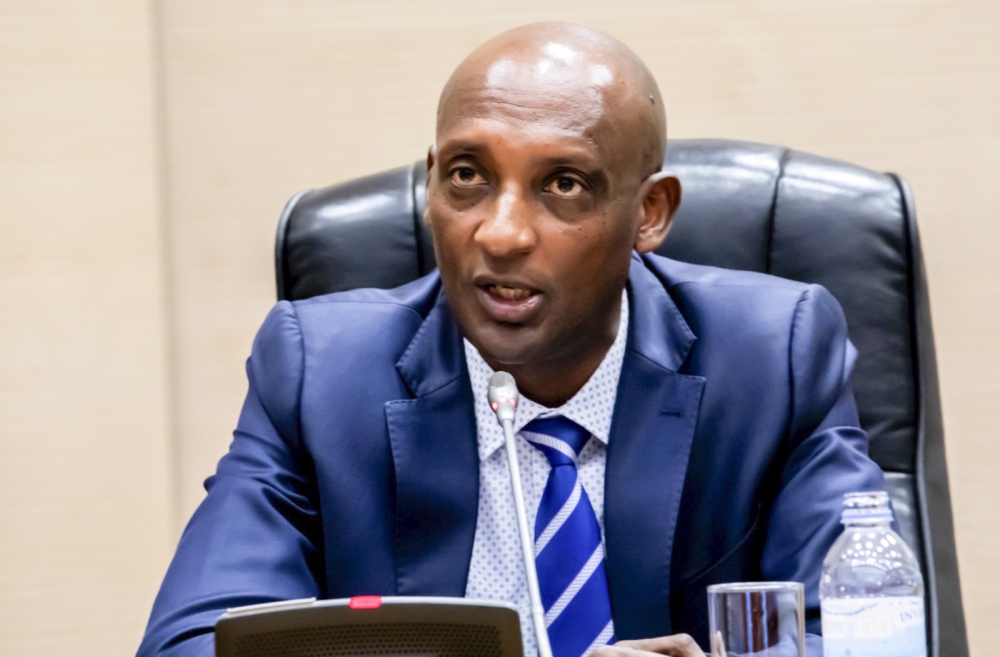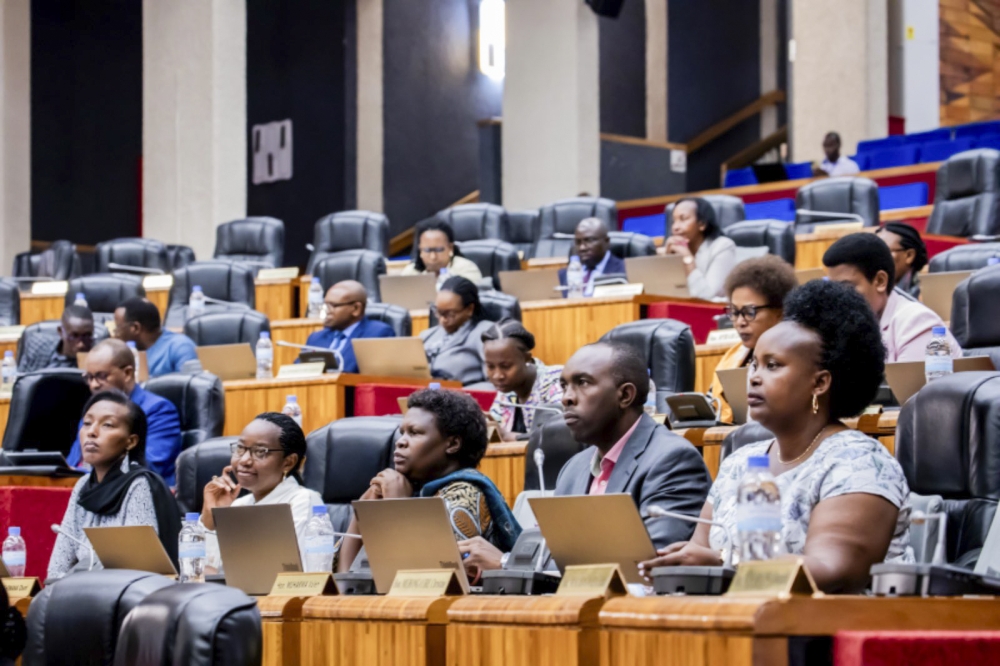

The lower chamber of Parliament on June 7 passed a law ratifying a $80 million (approx. Rwf103 billion) loan from the World Bank's International Development Association (IDA) to rehabilitate disaster-damaged roads and bridges in different parts of Rwanda.
The aim is to improve transport for people and goods in the affected areas.
Richard Tusabe, the Minister of State in charge of the National Treasury at the Ministry of Finance and Economic Planning, told lawmakers that the project will feature effective and reliable rehabilitation of transport infrastructure – roads and bridges – that were damaged by floods to connect the affected districts of the country.
This, he said, consists of rehabilitating national and district-level roads as well as 20 bridges in a way that makes them resilient to climate change.


ALSO READ: What will it take to have disaster-resilient roads?
On what was based on for selecting the 20 bridges in the initiative, Tusabe told parliamentarians that they were severely damaged by disasters that took a toll on Rwanda in 2023, yet they were important to linking various parts of the country.
The project, he added, will have a component consisting of, among others, resettling residents whose property will be affected by the implementation of the project because they live near the roads and bridges in question.
ALSO READ: Death toll from disasters reaches 135, over 20,000 left homeless
Again, it will offer rapid rescue where necessary in case a disaster hits.
"This project will help rehabilitate or reconstruct parts of roads and damaged bridges or those destroyed by floods in a way that they are resilient to climate change. This will also help connect districts that were hit by disasters and other parts of the country, as well as the region to ease the cost of movement of people, and services,” he said.
ALSO READ: Rwanda to spend over Rwf200 billion on disaster recovery
MP Veneranda Nyirahirwa said that ‘stony’ regions [with an abundance of stones] are often affected by disasters that destroy infrastructure including roads and bridges, referring to the northern part of the country and towards its south.
She appreciated the fact that the project factored in the consideration of disaster risks by ensuring environmental protection.
However, she inquired whether any study was conducted to understand the nature of the soil of the region such that the materials to be used for the construction of roads and bridges are evaluated for the purpose of withstanding climate change effects in the areas.
"What due diligence was made especially in those materials, and the nature of the soil so that we are assured that though disasters may strike, the built [roads and bridges] are strong enough to withstand?” she asked.
Dusabe said that a study on the nature of the soil in the ‘stony’ regions was carried out such that the infrastructure to be developed will be able to withstand climate change.


